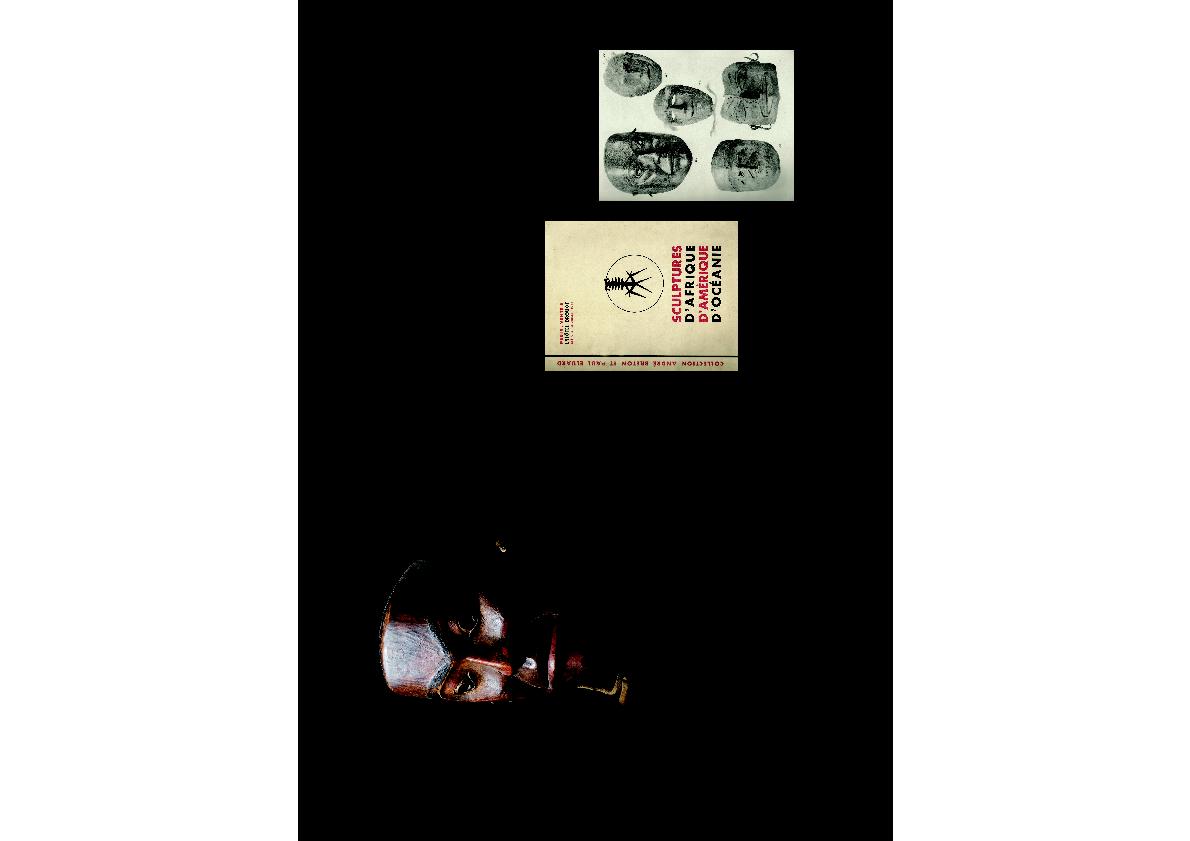
24
25
For hundreds of years, human groups have lived on the shores of British Columbia on
the Pacific Northwest Coast of Canada. These civilizations have developed cultures of
an exceptional originality based on complex cosmogonies. Their systems of belief and
healing, founded on shamanism, engendered powerful and intensely poetic forms of art.
Masks of the human face that emphasize the naturalistic qualities of the subject are often
referred to as « portrait masks ». Tsimshian mask carvers are highly regarded for their
sensitive and naturalistic portrait masks.
With the Haida to the west, with whom they had frequent contact, the Tsimshian used
masks at chiefly feasts, in winter dances, and in shamanic performances.
The first famous collector on the Northwest Coast was none other than Captain James
Cook who gathered ethnographic materials as part of his general fact-finding endeavours
in 1778. According to J. C. H. King in « Portrait Masks from the Northwest Coast of
America » (Thames & Hudson, 1979), most of the portrait masks were collected before
1870, a period which saw the rapid disintegration of a number of Native American
institutions. After first trading everyday objects, culturally important items such as masks
were also traded.
The mask seen here follows classic Tsimshian principles: a broad face, angular jaw,
stretched, narrowlipped mouth, aquiline nose, and cheeks formed of three intersecting
planes, representing the underlying bone structure.
This stylized portrayal of a face conveys an extraordinary sense of power and spirituality.
With an outstanding pedigree (ex collection William O. Oldman, ex collection André Breton,
the « Pope of Surrealism »), this mask is a masterpiece of ancient American Indian art.
Auction sale catalogue
Sculptures d'Afrique, d'Amérique, d'Océanie
Collection André Breton & Paul Eluard
Paris, Hôtel Drouot, July 1931
The mask (lot 195) is illustrated on plate XXII

